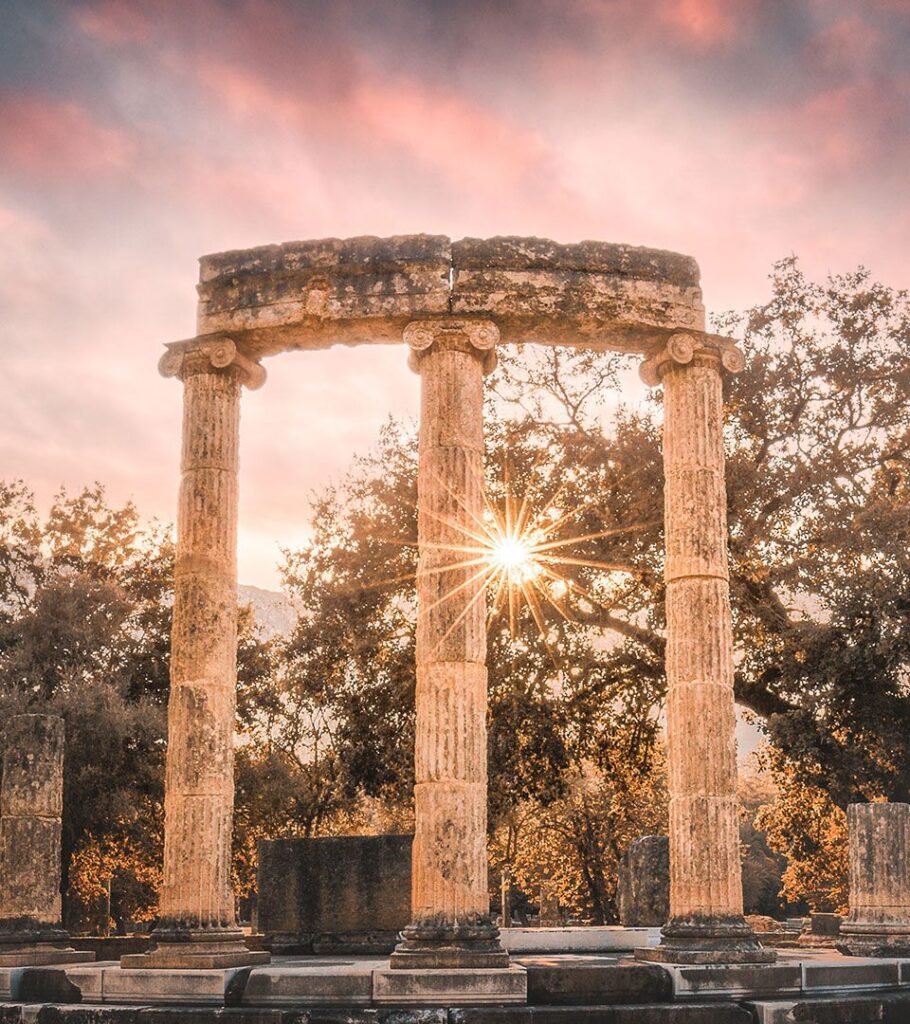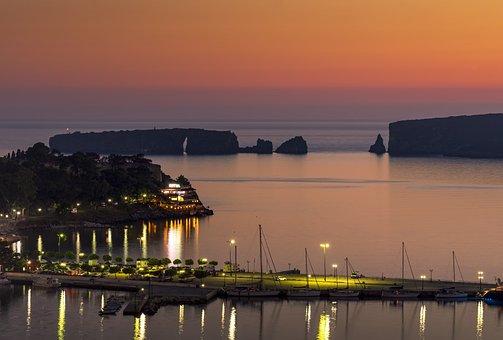The basics
Some history
Kyparissia is situated on the Gulf of Kyparissia, a bay of the Ionian Sea. There are many great places that you can visit both in Kyparissia and the surrounding countryside. Everyday can bring a different adventure, with walks in the old town and its medieval castle; short drives to the turtle-breeding grounds of Kalo Nero, the long sandy Zacharo beach, the Neda river waterfalls and the Kaifas lake.
The ancient Greek town Cyparissia was already mentioned by Homer in his Iliad. Upon the narrow summit of the rocks later occupied by a castle built in the Middle Ages, stood the ancient acropolis. In ancient times the town probably possessed an artificial harbor, since traces of a mole may still be seen upon the sea-shore.
In the middle Ages it was called Arkadía, a name which was transferred from the interior of the peninsula to this place upon the coast.
In 1460 Kyparissia came under Ottoman control, and remained so, with the exception of thirty years of Venetian rule, until the Greek War of Independence which began in 1821.
Some remains of ancient walls may be traced around the modern castle; and below the castle on the slope of the hill, near the church of Saint George, are some fragments of columns. On the south side of the town, close to the sea-shore, a fine stream rushes out of the rock and flows into the sea; and a little above is a basin with a spring of water, near which are some stones belonging to an ancient structure. This is the ancient fountain sacred to Dionysus, which Pausanias perceived near the entrance of the city, on the road from Pylus.
DAY TRIP SUGGESTIONS

Ancient Olympia (60 km)
Olympia Greece was the site of the ancient Olympic Games, which were celebrated every four years. It was a sanctuary with buildings associated with games and the worship of the gods. Olympia was a national shrine of the Greeks and contained many treasures of Greek art, such as temples, monuments, altars, theaters, statues, and votive offerings of brass and marble. The Archaeological Museum of Olympia, one of the most important museums in Greece, presents the long history of the most celebrated sanctuary of antiquity, the sanctuary of Zeus, father of both gods and men, where the Olympic games were born.
Pylos (53 km)
The town of Pylos, one of the most attractive coastal villages in Greece was the site of the Battle of Navarino. The town has a central square down by the waterfront and two castles; one on each side of the bay. Nearby is the Mycenean Palace of Nestor
Voidokoilia beach (41 km)
The most renowned beach in Messenia and one of the most exquisite beaches in whole Greece! The beach took its name from the word “Voufras”, which means “where the oxen live”.

.

Methoni (64 km)
On the SE Messinia, at the first leg of the Peloponnese peninsula, you will find picturesque Methoni overlooking the Ionian Sea and the island complex of Oinousses. Thanks to their strategic position, they have been important trade and marine centers. But for the very same reason, they have always been coveted by the powerful of the times.
Built by the Venetians in the early 13th century on a rocky promontory, the castle is among the largest ones in the Mediterranean. You’ll be astonished at the bridge stone of 14 arches which connects the castle to the shore instead of the timber one that used to stand in its place before the Venetians ever got there. The celebrated symbol of Venice, the lion of St Marc, dominates the gate of the castle where immured reliefs, emblems, blazons, inscriptions, the huge gates –especially the main gate, above the moat – and the relics of two Ottoman bathhouses have survived.
